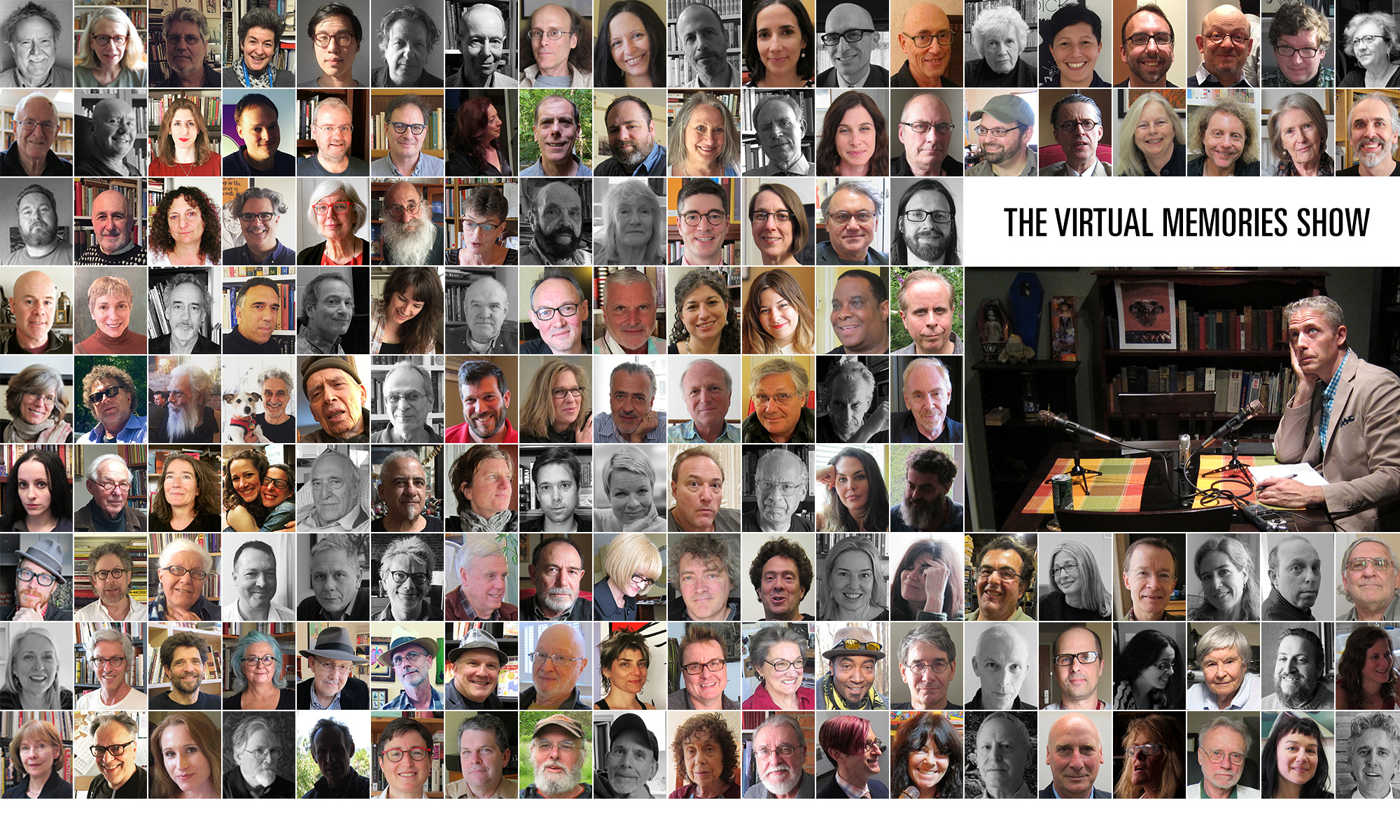Here’s your monthly dose of Unrequired Reading, dear readers who are too lazy or otherwise uninclined to follow my twitter feed at twitter.com/groth18
My dogs would get so confused on these awesome staircases.
* * *
Nothing about how Craigslist enables Arab protestors and revolutionaries to get laid? #noitdoesnt
* * *
Great pix from Sept. shuttle trip in honor of my production manager, who bailed on our current ish to watch the launch.
* * *
Simon Schama on Helen Mirren. Well, not ON Helen Mirren, but you know. #IneverdidseethatMazurskyversionoftheTempest
* * *
Sadly, I’m sure there’s a novel/screenplay about a romance between a mope and a fluffer.
* * *
So it’s better to shoot at civilian protestors with 7.62s, not .50s?
* * *
“Exotic Superfluid Found in Ultra-Dense Stellar Corpse”: the title of the new Orb record? #littlefluffytweets
* * *
Glad to find out street heroin and my G&Ts both have quinine: always important to stave off malaria. #themoreyouknow
* * *
I’d be afraid of the NJ version of this #50moststylishnewyorkers list.
* * *
Gator and the Berra. #NYY #louisianalightning
* * *
Don’t bet against the Tic-Tac-Toe Chicken. #starbucksduanereadeorcupcakes
* * *
Profile of Al Goldstein: the (not-)new pornographer.
* * *
Greatest. Memo. Ever. #weneedtosolvepakistanbeforelunch
* * *
@simondoonan: not exactly a fan of Fashion Week (but hilarious). http://slate.me/gLK6Jz #nyfw
* * *
* * *
There really should be a Yinka Dare award, too. #nbaantiawards
* * *
Great Michael Caine interview. Get Carter was #badass
* * *
“Alcoholic hospice”? I used to joke about drinking with careerist determination, but wow.
* * *
Ahoy-ahoy! #thatisall
* * *
If only Bill Murray had missed out on The Man Who Knew Too Little, too… http://bit.ly/fCEPi9 #billmurray #castingdirectorofbabel
* * *
To Mr. & Mrs. Ball, a son: Curve. #intheloop #greatestmovieever
* * *
That’s it! No Ferrari for me! #okayidriveasubaru
* * *
KenJen on #Watson: very smart, very fast, speaks in an uneven monotone, and has never known the touch of a woman.
* * *
Michael Lewis (satirically) on who’s to blame for the financial crisis: #blamecanada?
* * *
It’d be funnier if the greys just took off like rockets: #judginggreyhounds
* * *
Did NYC consult @dandrezner for the zombie invasion section? #apocalypselaw #escapefromnewyork
* * *
West Egg. 8-Bit. Great Gatsby video game. #gatsbyfornes
* * *
Great piece by Adam Kirsch on literary criticism. Go read it! #notbookreviews
* * *
Sartoria Rossi: or is it Satori Rossi? #beitalian #iwishicoulddressthiswell
* * *
@nealstephenson on the development of the Rocket #ficktnichtmitderRaketemensch! #youdroppedthebombonme
* * *
Valentine’s Day special! Here are the best NYC restaurants in which to stage a breakup! #noromance
* * *
Fun story of SEO abuse on Google. #jcpenney #seohack
* * *
Not on the menu @ Veselka: Ron Rosenbaum on cannibalism in the Ukraine c.1932-3 #noendtoevil #ieatcannibals
* * *
Schizo NYC from @jeremoss: Two-Face, Composite Superman, or Ultra The Multi-Alien? #splitcity #uglierbytheday
* * *
“Yoga in bed” is a euphemism, right? #clydefrazier #whatrhymeswithtantric
* * *
Ouroussoff fluffery on new Gehry bldg. Was this actually written by a computer using random samples of O’s prose?
* * *
Important lesson – never marry a chemist: #whenxiaoyemetthallium
* * *
I’d wear Jesse Eisenberg’s costuming from Social Network before I’d be caught dead in Sorkin’s sack suit #badfashion
* * *
Richie Rich: explosion on the runway. http://bit.ly/gyAz2R #nyfw
* * *
My old man swears he once reached a polar research base with his HAM setup: #wb2zvs
* * *
Not quite as implausible as Jews In Space, but it’s close: Jews In Syria! (neat story, trust me) http://bit.ly/gkOntd
* * *
Neat @nicknotned (Nick Denton) Atlantic Wire interview about his news consumption habits.
* * *
Covering J.G. Ballard #jgballard
* * *
Real question is: Can a novel be “philosophical” without being dreadfully dull? #doubtit
* * *
Metropolitan or Gossip Girl? or … #whitstillman #gossipgirl (I’m a Metropolitan man)
* * *
Queenstown, where I heard the voice of God (also, where I bungee-jumped) http://nyti.ms/dSZiHx
* * *
Greatest. Band name. Ever. #drteethandtheelectricmayhem
* * *
Clive James on roman policier: #okaytheyrecrimenovels
* * *
The honey badger doesn’t give a shit: #randall
Honey badger remains b-a-d-a-s-s (I can’t even survive drinking half a 40 of King Cobra). #honeybadger
